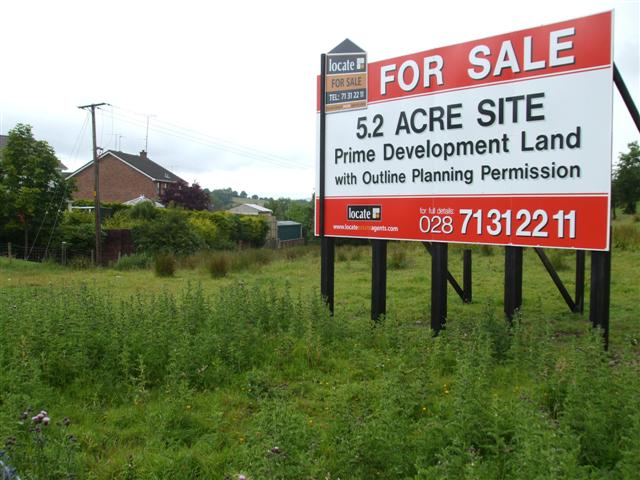More developers are becoming active in the land market, according to data from Savills. There is competition for sites across the market from medium-sized housebuilders, developers and housing associations, supporting land values and pushing them up in some areas.
Major housebuilders are replacing land they have built out, sourcing more permissioned land from their own strategic pipelines while focusing on controlled growth of completions, according to Savills. More consents and relatively low numbers of developers compared with before the global financial crisis, means the land market remains relatively benign.
In the year to June 2017, 16% more consents were granted in England compared with the previous year. However, there are fewer developers, with only 53% of the number of builders currently registered with the National House Building Council (NHBC) compared with the average between 1995 and 2007.
As a result, greenfield land values remain relatively flat. Values rose 0.1% in the last quarter of 2017, taking annual growth to 1.7% – in line with 2016 growth of 1.8%. The land market therefore remains benign, with land value growth remaining below house price growth on average.
According to Frank Knight, competition among housebuilders is notably strong for large sites close to transport links and within reach of major employment centres.
Declines in land prices in central locations appear to have levelled out, whereas some more fringe locations with large supply pipelines may still see some further, modest declines in 2018, Savills noted.
Land transactions remain low as developers seek higher rates of return due to perceived risks in planning and construction. However, volumes of land purchases are likely to increase as the year progresses, along with some modest recovery in pricing, and pockets of outperformance.
The value of urban brownfield land climbed 4.9% in Q4, amid strong rises in Birmingham, Frank Knight said. The average value of English greenfield land edged up by 1.4%, while land values in prime central London dipped by 2.1%.
Urban brownfield land values rose by an average of 9% in 2017, the strongest annual growth since Q3 2014, amid robust employment growth in the UK’s major cities. Gains were particularly strong in the centre of Birmingham, with demand from residential developers mirroring commercial demand as a number of large office occupiers have recently decided to move from elsewhere in the city, or relocated from other cities.
The major housebuilders have been able to buy land at or above their hurdle rates. In its annual report, Bellway said, “We will continue to acquire land which meets or exceeds our acquisition criteria”.
Meanwhile, in its latest trading update, Barratt said, “The land market remains favourable and we have secured attractive land opportunities which exceed our minimum hurdle rates.”
Strategic land is being sought by a range of developers and investors. In the last year, Savills was involved with the sale of several strategic land portfolios, totalling 60,000 plots.
Relying more on strategic land allows the major housebuilders to retain greater control over their land pipelines and maintain margins, albeit there is planning risk involved.
“There are complex issues governing how and when housebuilders deliver new homes to the market, and the availability of land with consent is just one of them,” said Justin Gaze, Knight Frank’s head of residential development. “Development is risky, and housebuilders need to anticipate market demand over several years. They must also manage the construction process in a market where skilled workers are in short supply.”




